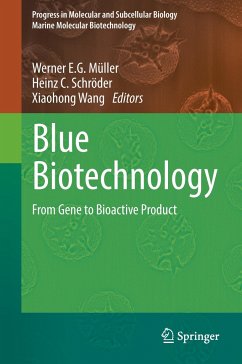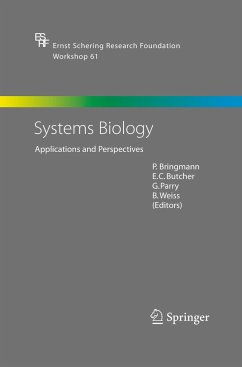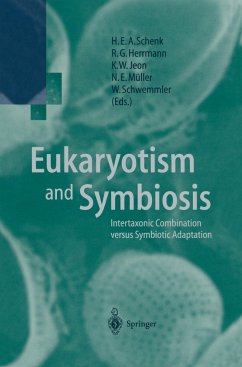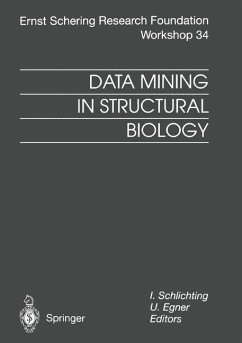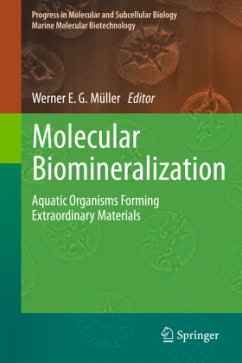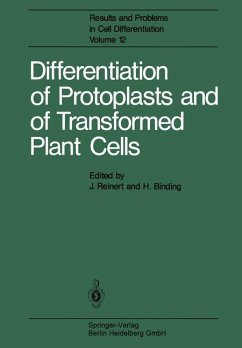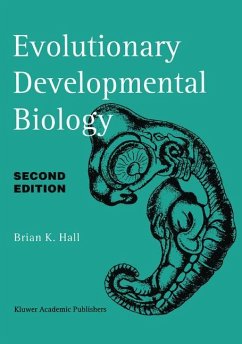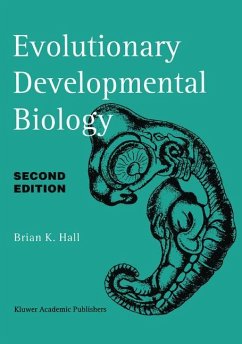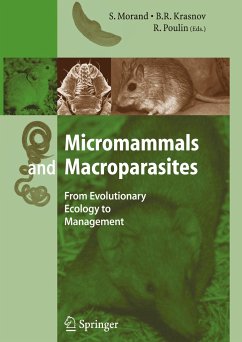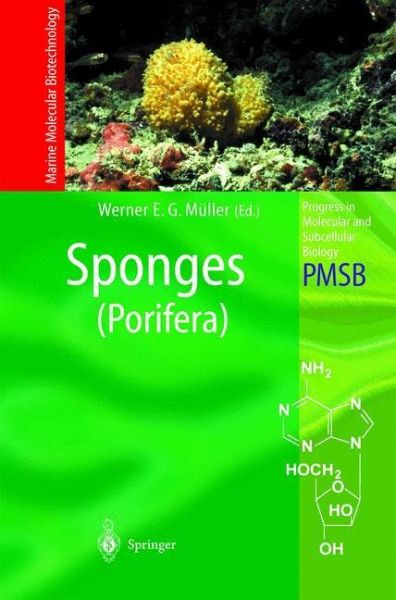
Sponges (Porifera)

PAYBACK Punkte
19 °P sammeln!
Sponges (phylum Porifera) are known to be very rich sources for bioactive compounds, mainly secondary metabolites. Main efforts are devoted to cell- and mariculture of sponges to assure a sustainable exploitation of bioactive compounds from biological starting material. These activities are flanked by improved technologies to cultivate bacteria and fungi which are associated with the sponges. It is the hope that by elucidating the strategies of interaction between microorganisms and their host (sponge), by modern cell and molecular biological methods, a more comprehensive cultivation of the sy...
Sponges (phylum Porifera) are known to be very rich sources for bioactive compounds, mainly secondary metabolites. Main efforts are devoted to cell- and mariculture of sponges to assure a sustainable exploitation of bioactive compounds from biological starting material. These activities are flanked by improved technologies to cultivate bacteria and fungi which are associated with the sponges. It is the hope that by elucidating the strategies of interaction between microorganisms and their host (sponge), by modern cell and molecular biological methods, a more comprehensive cultivation of the symbiotic organisms will be possible. The next step in the transfer of knowledge to biotechnological applications is the isolation, characterization and structural determination of the bioactive compounds by sophisticated chemical approaches.





